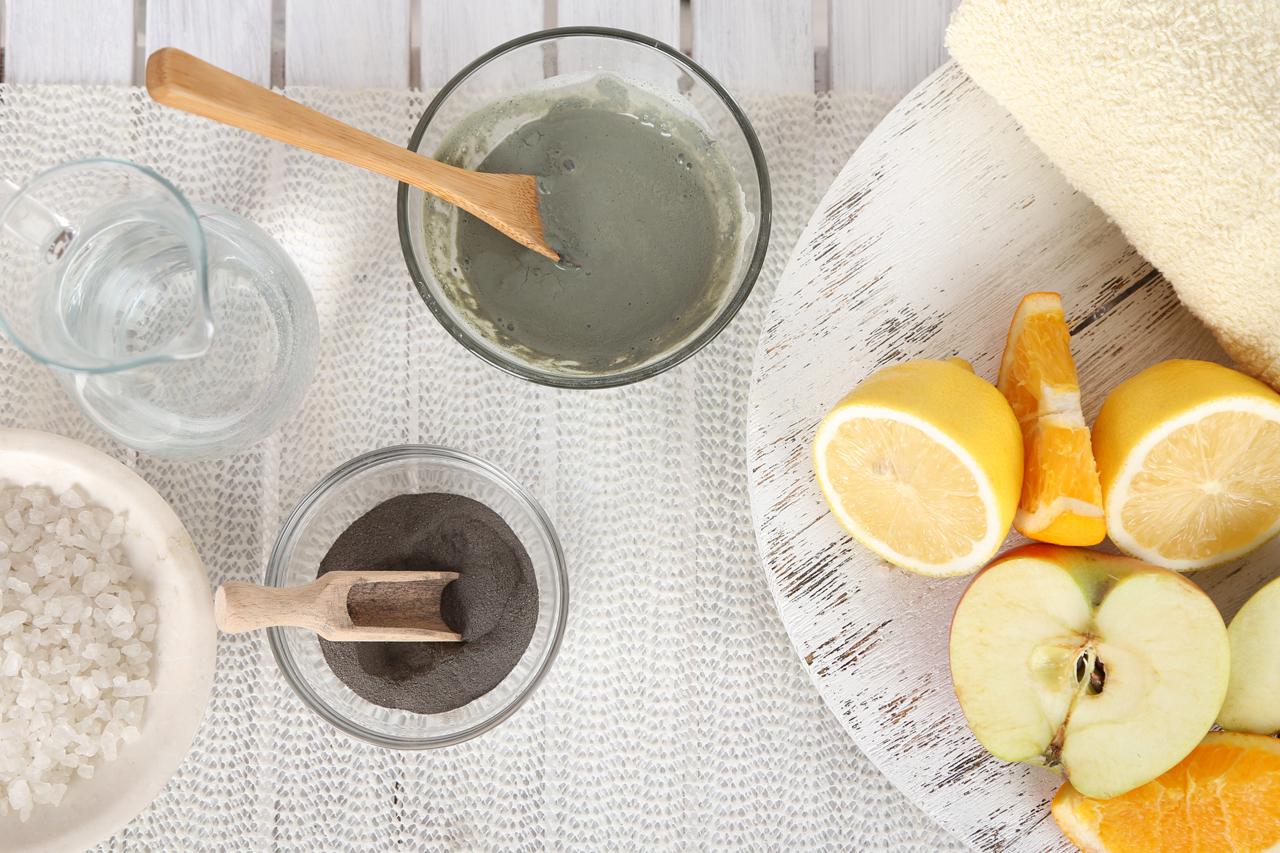
Did you know that our skin is our largest organ and its pores provide a natural way for the body to shed toxins? Did you know that cosmetics and personal care products are some of the least-regulated products on the market today?
With Earth Day soon approaching, what better time to take care of your skin, your health and our environment by making the switch to natural personal care products?
Sound daunting? We’ll help get you started in 4 easy steps!
1. Instead of an overhaul, replace item by item.
There’s no need to toss all your products - how environmentally friendly is that, anyways? As you run out of one item replace it with a natural or homemade product. You may have to test different brands to find a product line that works for you, but many retailers offer samples – be sure to ask at your favorite health food or natural grocery store.
Interested in making your own care products? Vancouver’s very own Queen of Green (from the David Suzuki Foundation) has recipes for everything from hair care to baby care products.
2. Simplify your routine.
How many body care products (including cosmetics) do you use per day? Try counting them. Then count the number of ingredients in each product and add them all together. You could be applying hundreds of chemicals in combination to your body each day. According to Earth911, each year the average person puts on 5lbs of personal care products!
Give your body (and your wallet) a rest: eliminate unnecessary products. For example, separate lotions for each body part. Chances are we don’t need one cream for our hands, one for our feet, one for our body and so on.
3. Get help.
The Environmental Working Group’s (EWG) Skin Deep and Campaign for Safe Cosmetics are trusted online resources with a wealth of great information on tips and tricks, ingredients to avoid and brands you can (and can’t) trust.
4. Read labels and ingredients.
Look past “green” packaging, ignore “natural” marketing claims and go directly to the ingredients list.
First, scan for the worst offenders:
- Fragrance / parfum: According to EWG, fragrance is an undisclosed mixture of various scent chemicals. Most have not been tested for toxicity, alone or in combination. Many of these ingredients are irritants and can trigger allergies and migraines and some have potential effects on the reproductive system. Learn more.
- Parabens: Parabens are a group of preservatives used in cosmetics and personal care products. According to EWG, they easily penetrate the skin and mimic estrogen, acting as potential hormone system disruptors. Learn more.
- Sulfates: Sulfates are a group of detergents or surfactants that are used in products like shampoo and toothpaste. The most commonly used sulfates are sodium lauryl sulfate (SLS) and sodium laureth sulfate (SLES). Because sulfates are a foaming agent, experts say they can strip your hair and skin of moisture and important protective barriers. Learn more.
- Phthalates: Commonly found in nail polish and perfumes, phthalates are a group of chemicals that make products (usually plastics) softer and more flexible. The International Agency for Research on Cancer (IARC) classifies diethylhexyl phthalate (DEHP) as a possible cause of cancer. Learn more.
But get familiar with all the ingredients on your product labels. When buying organic look for the USDA Organic or Canada Organic seals.
Do you have a tip for switching to natural personal care products? Share it with us below or join the conversation on Facebook or Twitter! This post is part of a new YWCA blog series called Eco corner. Each month we'll bring you posts on our favourite green topics, resources, tips and tricks.

